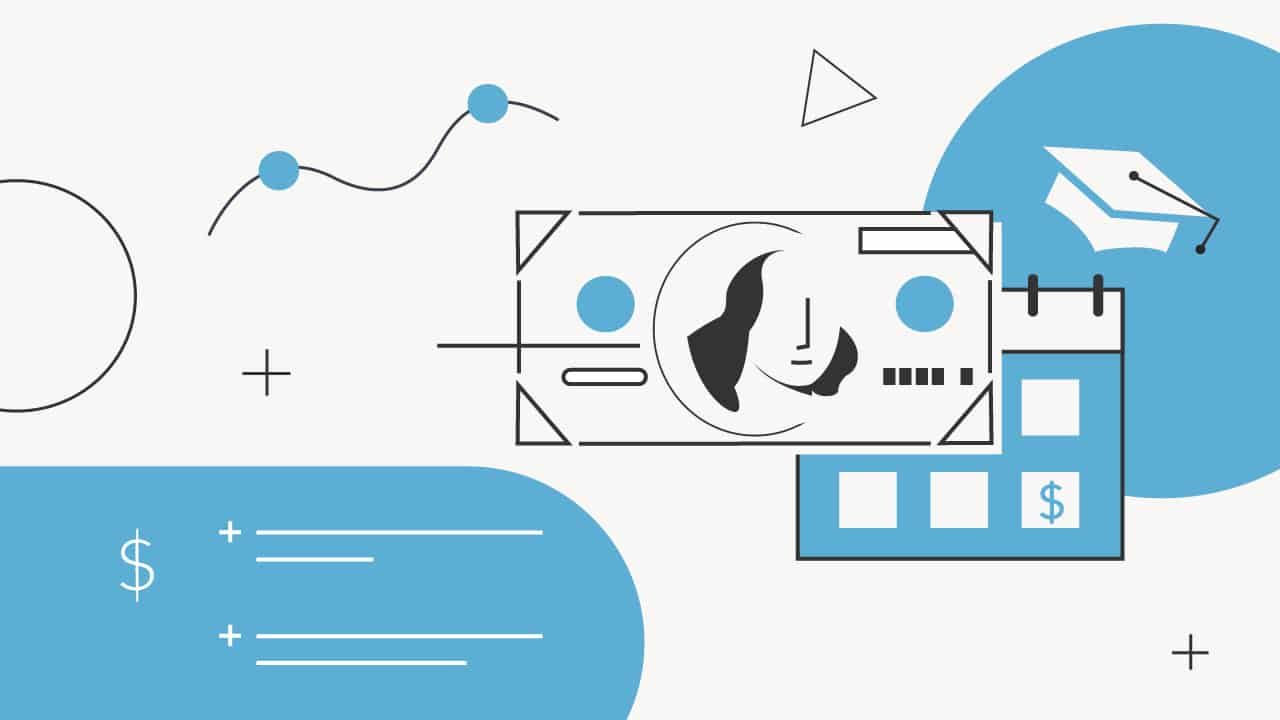
Source: The College Investor
- The online Income-Driven Repayment (IDR) application form has been restored, but processing is currently paused.
- Borrowers can apply for Income-Based Repayment (IBR) and Saving on a Valuable Education (SAVE) plans, but not for Income-Contingent Repayment (ICR) or Pay As You Earn (PAYE), with few exceptions.
- Switching repayment plans may lead to capitalization of accrued interest, and loan forgiveness under SAVE, ICR, and PAYE is paused.
The U.S. Department of Education has restored access to the online Income-Driven Repayment (IDR) application form at studentaid.gov/idr/. While this development allows borrowers to apply for certain IDR plans, processing of these applications is currently paused, adding another layer of complexity to an already challenging time for student loan borrowers.
According to an announcement on the Federal Student Aid website, borrowers can now apply for Income-Based Repayment (IBR) and the Saving on a Valuable Education (SAVE) plans. However, applications for the Income-Contingent Repayment (ICR) and Pay As You Earn (PAYE) plans remain largely unavailable, with exceptions for applications already in process and Parent PLUS loan borrowers who have consolidated their loans to qualify for ICR.
Be Prepared To Wait
Despite the restored access, borrowers should be prepared for delays. The processing of IDR applications is on hold, potentially placing applicants in processing forbearance for up to 60 days. During this period, interest may continue to accrue, but the 60 days spent in a processing forbearance does count for PSLF.
If your repayment plan is still not processed after the 60 days, you’re be sent to a general administrative forbearance, where interest will not accrue but the time spent will not count towards PSLF.
Loan forgiveness under the SAVE, ICR, and PAYE plans is also paused. Those who were counting on relief through these programs will need to wait for further updates from the Department of Education – though most wouldn’t have qualified for forgiveness under these programs for several more years.
What Should Borrowers Do?
Borrowers currently on the SAVE forbearance should likely wait, rather than attempt to switch repayment plans. While the 60 day processing forbearance does count for PSLF, it’s unknown what may happen after the SAVE litigation is resolved.
For borrowers on SAVE who are worried about receiving qualifying monthly payment credits, there is always the PSLF buyback option. Borrowers should simply plan on saving their expected monthly payment, and then using that savings to buy back PSLF credits in the future.
According to the Department, “When certain types of errors are detected, the Department directs servicers to place affected borrowers into a short administrative forbearance while the errors are resolved. In certain circumstances where a borrower’s progress toward loan forgiveness may be harmed by potential servicer errors, the Department has directed servicers to count those periods in administrative forbearance toward Public Service Loan Forgiveness and income-driven repayment forgiveness and adjust accrued interest to zero.”
Don’t Miss These Other Stories:


